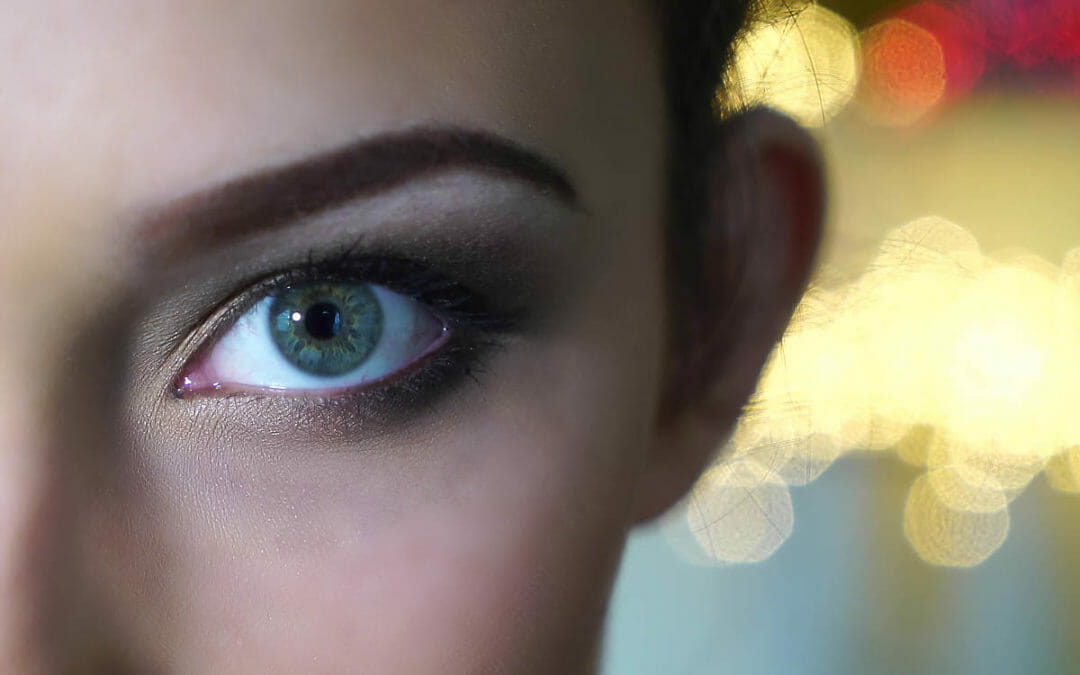 Corneal dystrophies can be described as a group of more than 20 types of eye diseases that affect the cornea. These inherited, slow-progressing conditions can cause corneal abnormalities such as the accumulation of material. Early stages of these diseases may cause few symptoms, but as the disorder progresses, the cornea becomes opaque and loses its ability to focus light. Progressive vision loss is possible. The most common form of corneal dystrophy is keratoconus.
Corneal dystrophies can be described as a group of more than 20 types of eye diseases that affect the cornea. These inherited, slow-progressing conditions can cause corneal abnormalities such as the accumulation of material. Early stages of these diseases may cause few symptoms, but as the disorder progresses, the cornea becomes opaque and loses its ability to focus light. Progressive vision loss is possible. The most common form of corneal dystrophy is keratoconus.
Symptoms of Corneal Dystrophies
Individuals with corneal dystrophy may experience different symptoms. Many people with the disease do not experience any symptoms. However, some sufferers experience recurring epithelium erosion. These changes can cause irritation, morning eye pain, and double vision. However, in rare cases, the disease may lead to serious complications such as blindness. Fortunately, doctors are now able to develop new treatments to combat this condition and help patients live a normal daily life.
Forms of Corneal Dystrophies
The most common form of corneal dystrophy is Meesmann dystrophy. The central cornea becomes opaque, forming punctate opacities that persist throughout a person’s life. Reis Bucklers dystrophy is characterized by symmetrical, reticular obstructions. The central opacity might become obstructive. Signs may include light sensitivity, glare, and even light sensitivity.
Keratinsulfate-sulfate denoma is the most prevalent form of corneal disease. It is caused due to a defect in keratinsulphate metabolism. Patients with this disease typically have a decreased ability to see clearly and experience blurred vision. This disease is inherited in an autosomal-recessive manner and is characterised by a cloudy stroma, which is opaque to light.
PPCD is a corneal disease that manifests as irregular, thickened islands of thickened grey epithelium. Fine refractile parallel curvilinear line are the hallmarks of PPCD. The disease is inherited in an autosomal dominant pattern and has been linked to a mutation in the keratin K12 gene. There is no cure for this condition. However, if a family member has it, they will need to be checked on regularly.
In addition to the ephemeral and stromal oedema, patients with corneal dystrophy will often have a bluish, discolored cornea. The underlying genetics of MECD can be inherited. This disease is characterised by a deficiency in growth factors and a deficiency of pigment. It can also cause the retina to become opaque and reddish.
Nearly half of patients suffering from corneal dystrophy don’t have a family history. The most common symptom of corneal dystrophy is lack of light sensitivity. However, light-sensitive people may also have symptoms of other eye diseases. The disease’s onset is usually slow and does not cause visible visual changes. The cornea may develop a diffuse clouding in the early stages. Eventually, the corneal decompensates and vision loss becomes permanent.
A person with corneal disease will usually have patches of corneal tissue that is irregular, opaque or feathered. These spots may appear at birth or later in the life. Most people don’t experience any symptoms. However, the disease can slowly progress. In severe cases, the lesions can become inflamed or ruptured, resulting in increased intraocular pressure and vision problems. In rare cases, EBMD sufferers may become sensitive to light.
Map dot dystrophy, the most common type of corneal disease, is the most prevalent. It is caused by a defective gene called TGFB1, which is a chromosome. This condition causes recurrent eye damage and good vision. The resulting layers are irregularly formed, honeycomb-like, granular. Patients with this condition do not often experience any other symptoms despite the recurring opacities.
Causes of Corneal Dystrophies
The exact cause of corneal dysfunction is unknown. TGFbI gene mutations in the eye’s keratoepithelial tissues can cause a bulging cornea. This is according to molecular research. This condition is often inherited. It can affect one or both eyes. Although there are no known causes, it is possible that the disease may be caused by a genetic link between two parents.
The corneal dystorphy disease has several different forms and causes significant visual loss in affected patients. Macular corneal dystrophy is a rare form of corneal dystrophy, but is less common than others. It affects either the Bowman membrane or the outermost layer (stroma) of the cornea. It can lead to painful erosions and irregular opacities if left untreated. The disorder can cause blindness, and can also affect the patient’s ability to see.




